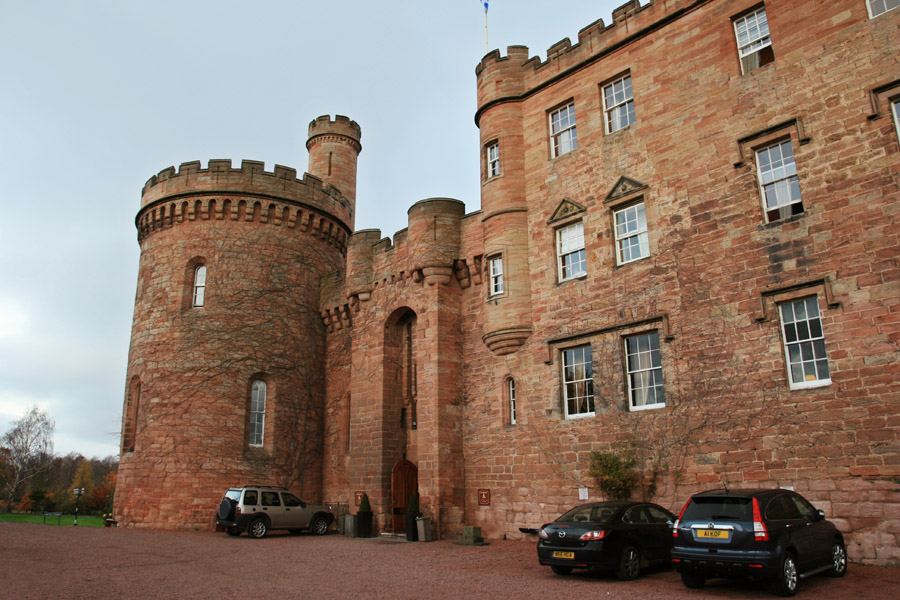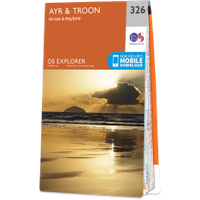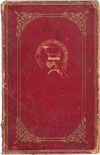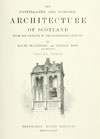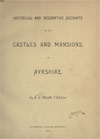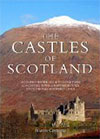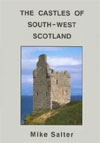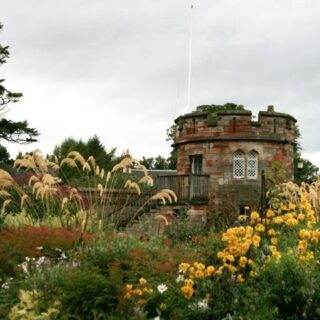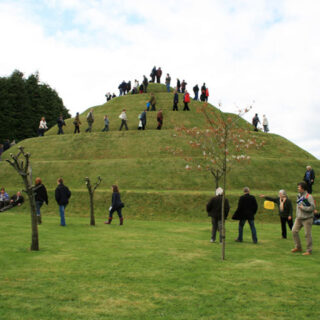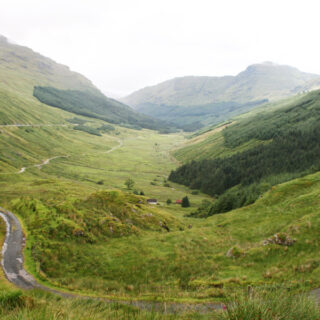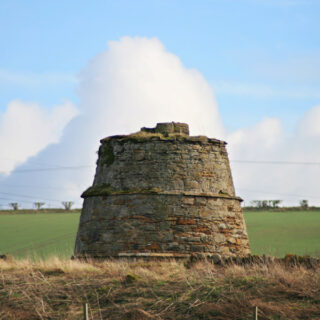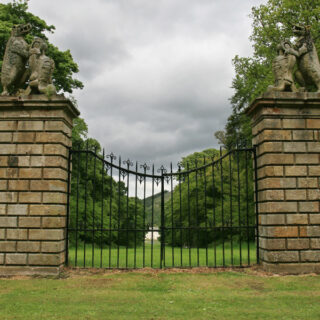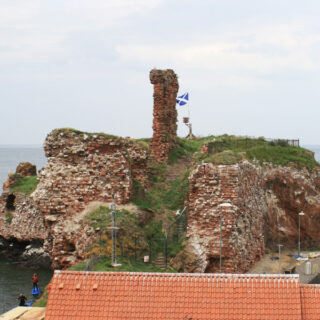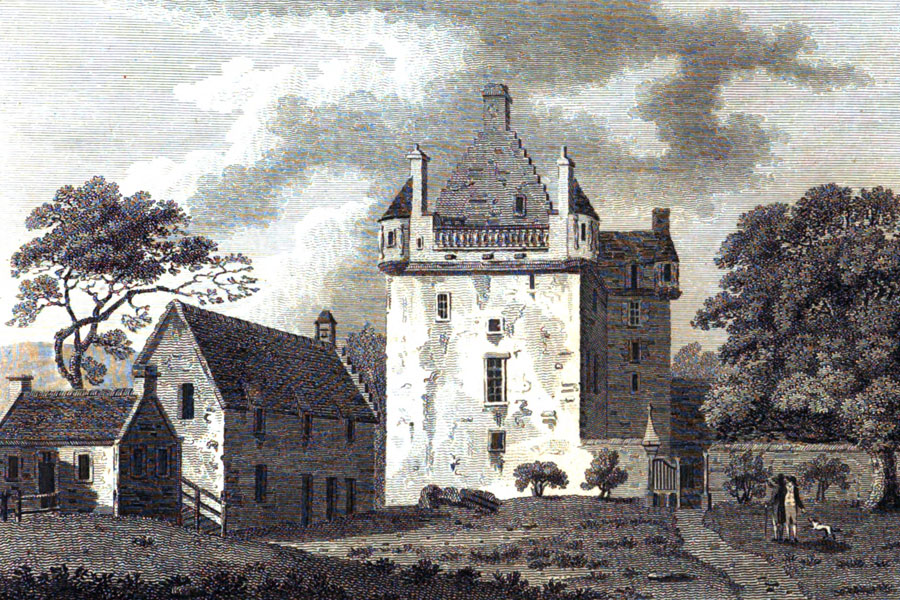

Cassillis House is a largely 19th century mansion, built around an earlier castle, that was traditionally the seat of the Kennedy clan.
The lands of Castlys, or Cassillis, were first owned by the Montgomery family and it may be they who built the first castle at Cassillis as a Neil de Montgomerie is said to have been born there around 1276. It is thought that there may have been a castle at Cassillis as early as the 12th century.
Around 1360 the then owner of the lands, Sir John Montgomery de Castlys, died, and Cassillis seems to have passed jointly to his daughter, Marjory de Montgomery, and his cousin, also Marjory de Montgomery. In 1373, upon the marriage of the younger Marjory to Sir John Kennedy of Dunure, Cassillis passed into the Kennedy family. The ancestors of the Kennedys had lived in the area since at least the mid-12th century, the first of the family to be mentioned in a charter being a Duncan de Carrick.
Probably around the time of this marriage a large tower house was constructed on a raised mound above the River Doon. Rectangular in plan, it measures approximately 18m north-east to south-west by around 12m east to west. It is possible that it could perhaps incorporate part of an earlier castle.
The tower rose to a height of four storeys plus a garret and had massively thick walls, being some 4.9 metres thick at the base. The basement level was vaulted, and within the thickness of the north wall there was a pit prison.
On the first floor was the Great Hall, and above that were two further floors of accommodation. Around the top of the tower was a parapet walk supported by corbels, with open round bartisans at each corner.
Early in the 15th century Sir James Kennedy of Dunure married Lady Mary Stewart, a daughter of Robert III. Their son, Sir Gilbert Kennedy of Dunure, who had been one of the six Regents of Scotland during the minority of James III, was created the 1st Lord Kennedy in 1452. His grandson, David Kennedy, the 3rd Lord Kennedy, was created the 1st Earl of Cassillis in 1509, and as the family’s fortunes and influence continued to grow, so to did the castle.
In the 17th century a square stair tower was added to the north-east corner of the original tower, containing a wide turnpike stair. This staircase is unusual in that the centre post is wide and hollow. Contained within are protruding stones that can be used as steps, while small windows let in light from the outer staircase. It has been suggested that this may be related in some way to the troublesome period following the Reformation.
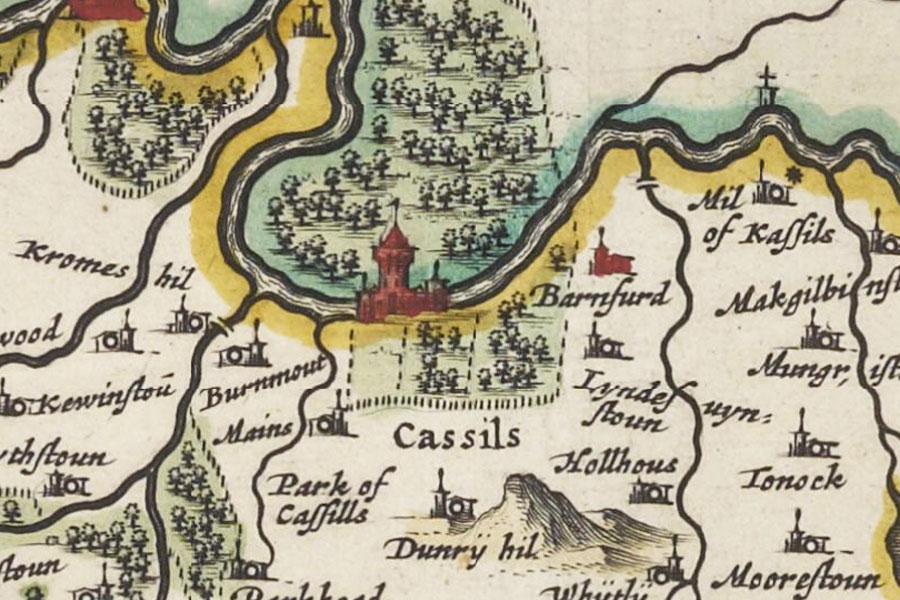
Joan Blaeu, Amsterdam, 1654
Sir William Bruce was commissioned to make alterations to the castle in the 1670s, with significant remodelling took place above the the parapet level. The bartisans were built up and roofed, the garret level extended to the edge of the tower’s walls, and part of the parapet replaced with classical balustrades.
In 1759 the Kennedys made Culzean Castle their principal seat. Cassillis was still maintained however, and in the 1780s alterations and remodelling were carried out by the architect Hugh Cairncross, although the planned work was only partially completed.
Around 1830 work began to build a new two storey wing adjoining the stair tower to the east. Designed by David Bryce while he was working within William Burn’s office, it was completed in 1832 for Archibald Kennedy, the 12th Earl of Cassillis. The title Marquess of Ailsa was created for Archibald in 1831, the title coming from the family’s ownership of the Ailsa Craig.
During this building work a large subterranean chamber with concealed doorway is said to have been found, although exactly where isn’t recorded. Within this chamber were found many human bones.
Around 1885 the then Lady Ailsa commissioned a new wing designed by Hew Maitland Wardrop. It extended Bryce’s wing and was aligned approximately north-east to south-west, so forming a U-plan with the old tower. This new wing contained several new rooms including a library.
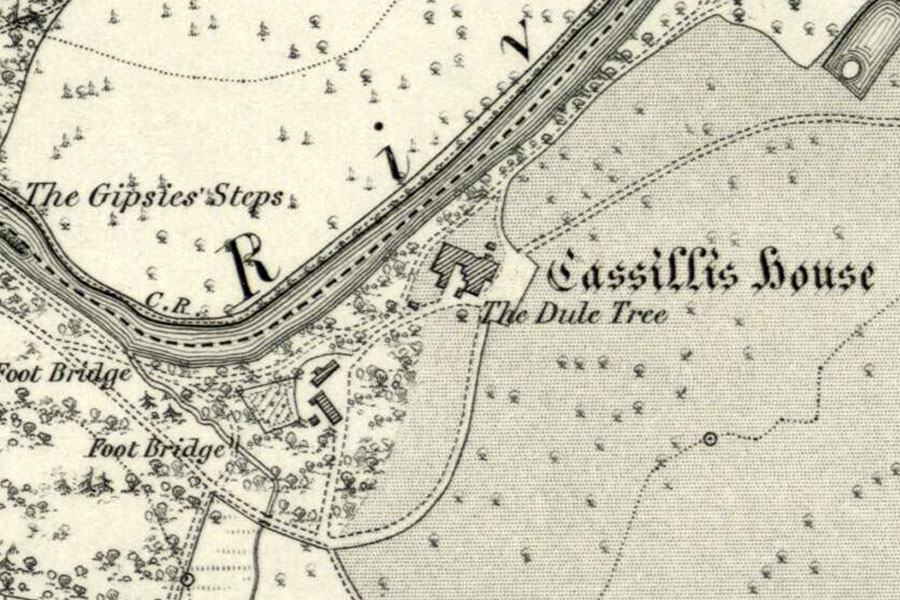
Ordnance Survey, 1860
In 1945 Charles Kennedy, the 5th Marquess of Ailsa, gave Culzean Castle to the National Trust for Scotland in order to avoid inheritance tax, leaving Cassillis House as the major house in the Kennedy family (although they retained an apartment at Culzean).
When the 5th Marquess died childless in 1956 the estates and titles passed to his nephew Angus Kennedy, a son of Archibald Kennedy the 3rd Marquess, who became the 6th Marquess of Ailsa. However Angus died within a year and was succeeded by his son Archibald David Kennedy as the 7th Marquess of Ailsa. The 7th Marquess and his wife Mary, the Marchioness of Ailsa, initially lived in the apartment at Culzean but moved to Cassillis and began restoring the neglected house and the gardens, which had become known as “The Jungle”.
The 7th Marquess died in 1994, and following the death of the Marchioness in 2007 Cassillis House was put up for sale in 2008 with a guide price of £2.5 million. It was bought in 2009 by the Australian internet insurance specialist Kate Armstrong and her husband Malcolm. They set about restoring the castle back to its former glory, and it was featured in the BBC programme Restoration Home in 2013.
Alternative names for Cassillis House
Cassilis; Cassils; Cassillis Castle; Cassills; Castlys; Castlyss; Old House of Cassilis
